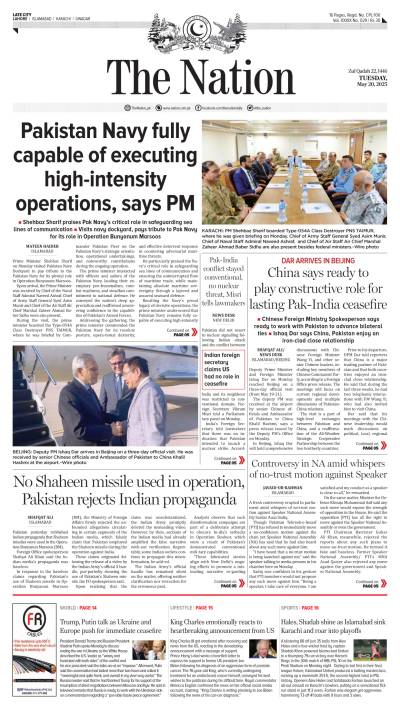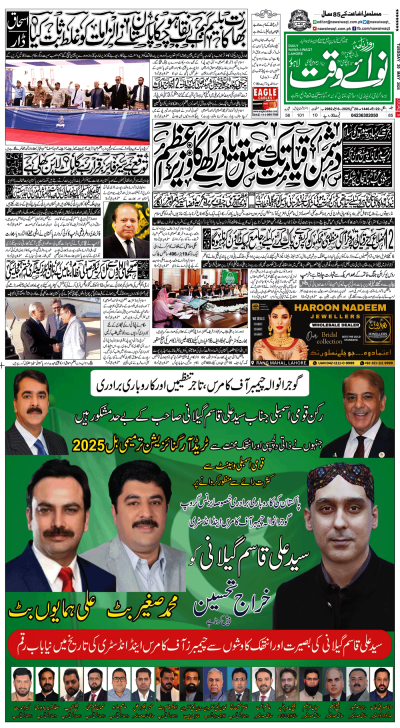FRAH RASHEED
CONSUMERS express different buying behaviours due to their different sets of wants, needs and desires. Then buying patterns are developed upon the combination of their social, cultural, psychological and environmental factors. Here social factors are emphasised particularly which may affect the behaviour of consumers that can lead to compulsivity regarding purchases. The humans commonly act on wishes or urges that can raise direct variations in individual’s purchasing behaviour. Consequently, disorders in impulse control can directed to negative results like addiction.
A behavioral disorder is known as compulsive buying which causes a person to make purchases continually regardless of psychological, social and financial consequences. Basic value of item is not considered while shopping, there is no botheration of the negative results of compulsivity, it is trouble making to a person’s life, frequent failures in controlling the behaviour and inner push to buy. Compulsive buying could be resulted in many destructive consequences to distressed consumers i.e. financial difficulties, emotional destruction (feeling of guilty and depression), communal and affiliation troubles.
The word “compulsive” refers to a person’s feeling of pushed himself or herself to do and do again an action yet one’s will is not involved, while “addiction” is an irresistible urge of a person which he faces according to his own needs or wants. Hence compulsive addiction buying is a psychological disorder as it is an unusual type of shopping and consuming in which the consumer is badly affected by an uncontrollable, overwhelming, chronic and recurring desire to buy and consume. Typically compulsive spending acts as a way to lessen the destructive feelings of anxiety and stress.
Compulsive buyers are like the substance users as they cannot control themselves from buying and experience an extraordinary will by purchasing such product.
It is anticipated that among many other factors socio-cultural environment is also a cause to create compulsive buyers.
Pakistan is one of the developing countries on the globe. The country’s economy is expanding and shopping malls are being increased in big cities to upgrade the citizens’ quality of life. Increasing rate of inflation and price rise do not seem to affect some buyers as they are addicted to buy and wide variety of goods attract them which may put them in financial hardships. It is important for such developing countries where people are at low income and becoming psychic patients after drastic use of credit card. Compulsive buying is one of the reasons for stress and depression. So, by understanding it people can avoid stress, depression and anxiety.
By taking suggestions from research studies on compulsive buying many people can get benefits i.e. retailers, consumers and policy makers.
Retailers and sellers could be able to make better marketing schemes and approaches. They can create perfect social representations and by learning social shopping motivation (SSM) they can understand different aspects of consumer’s buying decision process. Studies about social influences in the perspective of compulsive buying behavior (CBB) are also beneficial for policy makers, sociologists and educational institutions that instruct and demoralise such unwanted social behaviour in consumers like unnecessary use of credit card and shopaholism.
Such details are fundamentally useful for consumers or common persons and at large for whole society. When the desire to purchase impulsively (unplanned buying) triggered due to the major effect of consumer’s social comparison orientation, social shopping motivation and susceptibility to interpersonal influence it will ultimately increase the propensity to be a compulsive buyer which may put him or her into debts, gloominess, tension, fear, frustration, feeling of control deficiency, interpersonal clashes and low level of self esteem.
It is important to note that such consequences of compulsive buying are not observable at once or cannot be visible immediately but are intentionally distinguished only on the later stage with complexity and severity. Hence, we must observe our buying behaviour especially regarding social factors i.e. social shopping motivation, social risk towards fashion, susceptibility to interpersonal influence and social comparison orientation.
Tuesday, May 20, 2025
Compulsive buying: An increasing disorder in Pakistan
PM orders swift implementation of FBR reforms, anti-tax evasion measures
3:48 PM | May 20, 2025
EU approves its 17th sanctions package against Russia
3:36 PM | May 20, 2025
Pakistan, India DGMOs agree on gradual troop pullback by May 30
2:59 PM | May 20, 2025
Govt declares public holiday on May 28 to mark Youm-e-Takbeer
2:40 PM | May 20, 2025
Pakistan plans to secure $4.9bn in commercial loans for FY2025-26
2:33 PM | May 20, 2025
-
Lahore emerges among safest global cities in Numbeo 2025 index
-
Lahore emerges among safest global cities in Numbeo 2025 index
-
India’s suspension of Indus Water Treaty legally baseless
-
Seventh polio case reported in Pakistan amid nationwide vaccination drive
-
Pakistan reports sixth polio case of 2025
-
PTA begins issuing VPN licences to regulate usage
The Wider War
May 20, 2025
Margalla on Fire
May 20, 2025
Defeated and Depressed
May 20, 2025
Regional Reset
May 19, 2025
Peak Potential
May 19, 2025
Worse than Anarchy
May 20, 2025
Salute to our Air Force
May 20, 2025
An Unbreakable Wall
May 20, 2025
Profiteering Milk
May 20, 2025
Rewriting the Rules
May 20, 2025
ePaper - Nawaiwaqt
Nawaiwaqt Group | Copyright © 2025





